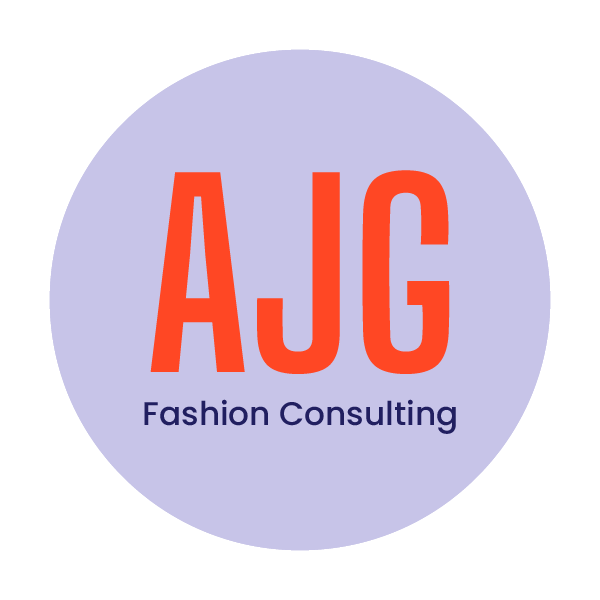Understanding the Benefits of Moving Manufacturing Overseas
This blog is part of our Ultimate Guide to Starting a Clothing Brand. Check it out for more info.
When launching a fashion brand, the allure of keeping the production process in the US can be appealing. US production offers low MOQs, and an draw to customers. However, the convenience of keeping production stateside often comes with higher manufacturing costs. It may be beneficial for your business to produce overseas, and here we discuss some strategies to help you save money on manufacturing costs and make your fashion brand more financially sustainable.
In this blog, we'll explore five tips on determining if you are ready for overseas manufacturing, with a focus on international sourcing, efficient production, and cost-effective raw materials.
1. Assess the Global Perspective
Many startup fashion brands initially shy away from international sourcing. However, taking a global view of your supply chain can be an instrumental part of your cost reduction efforts. While you may not be ready to produce thousands of units overseas right away, you can strategically evaluate the components of your product to identify areas where cost savings can be achieved while still maintaining high-quality products. By partnering with a fashion brand consultancy, you may be able to access lower MOQs overseas by leveraging their collective volume.
2. Determine if You're Ready
Before diving into international sourcing, consider whether your brand is at the right stage. Analyze customer preferences, sizes, and budgets to guide your future production flow and growth strategies. For brand-new startups, you can compare the benefits of higher MOQs but reduced cost per item with an overseas manufacturer, to the benefits of low MOQs but higher cost per item by manufacturing domestically.
3. Identify Profit Roadblocks
Production and raw material costs can be significant roadblocks for startups. While starting small is sensible, it often leaves little room for profitability. Dive into the details to identify specific cost drivers. Often, it's one or two components that significantly impact costs. Importing fabric can be an added challenge to domestic production, as it can add shipping and duty fees to your bottom line. These fees are usually avoided when working with an overseas supplier, as the transportation costs are reduced and you only pay duties on the finished products.
4. Meet Minimum Order Quantities (MOQs)
When sourcing materials or production overseas, MOQs are typically higher. Fabrics may require orders of 1,000 yards or more, while smaller components such as customized trims could demand quantities of 5,000 to 10,000 units. To overcome these challenges, focus on core materials and fabrics crucial to your brand. Consider materials that can be used across multiple seasons or explore ways to expand your product range to meet higher MOQs. Additionally, you can order fabrics in white or Prepared For Dye (PFD) finishes and dye or print them in the US to address color or pattern minimums. At AJG, we can help you strategically plan your material strategy to avoid excess costs in liability or unused product. We utilize our strong partnerships to help achieve lower MOQs for your growing brand.
5. Determine Importing & Logistics Costs
Importing materials involves various costs, including duties, shipping, and logistics expenses. Duties are taxes paid for importing into the US, determined by product and material type. Importing fabric and materials can be a viable entry point for global sourcing - however, shipping costs can sometimes be high as it is calculated by weight, so be sure to receive shipping quotes ahead of time to avoid surprise fees. Additionally, understand what the shipping costs include - will the items be delivered to the port, or to your door? Plan ahead for shipping costs, including fuel surcharges, bond fees, and docking fees, and transport fees by working with a global logistics partner who can guide you through the process.
Reduce Expenses for Long-Lasting Success
Don't let the initial costs deter you from exploring international sourcing for your fashion brand. Moving production overseas can be a great cost-saving idea provided your business is ready. A strategic approach can significantly reduce expenses and make your business more profitable. By carefully evaluating components, addressing production roadblocks, and planning for importing and logistics costs, you can create a fashion brand that not only thrives but also achieves long-lasting success in the industry. Remember, thinking globally opens up a world of opportunities for your fashion startup – seize them!
Ready to launch your clothing brand? AJG Fashion Consulting can help. Feel free to reach out, and let's get started!


